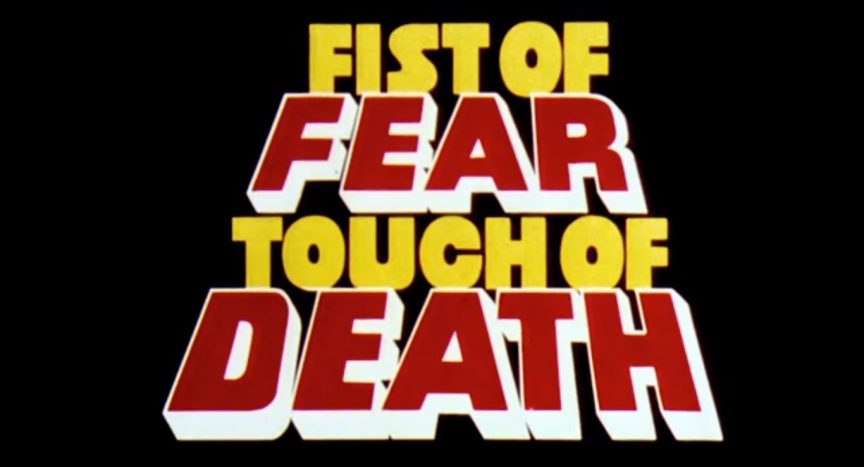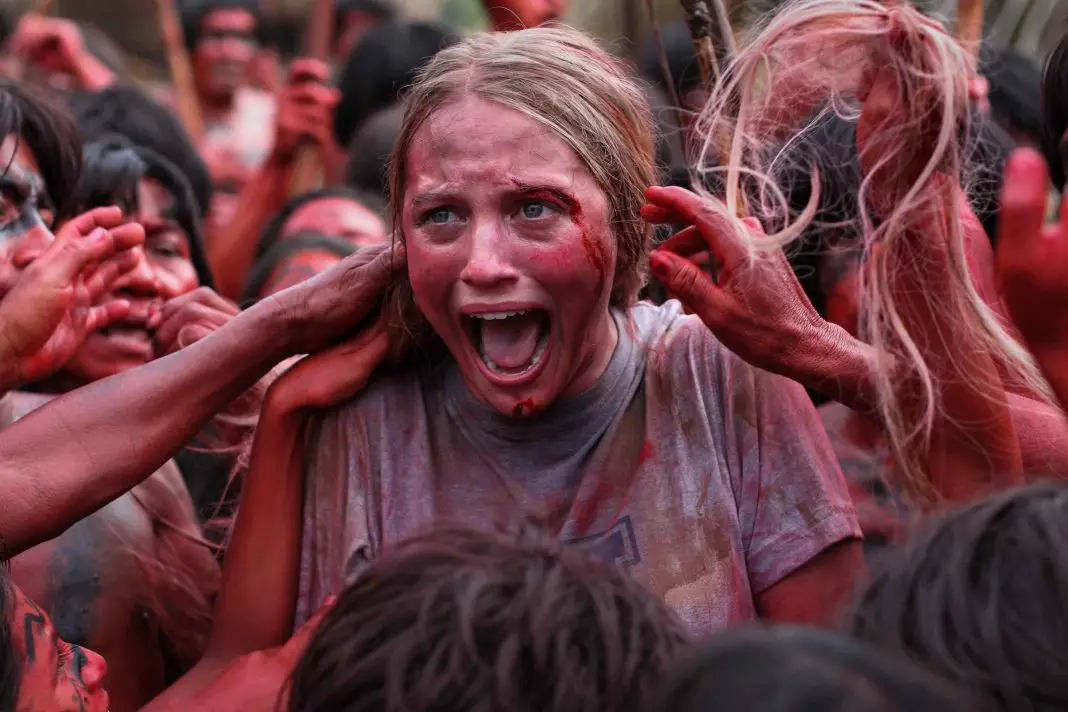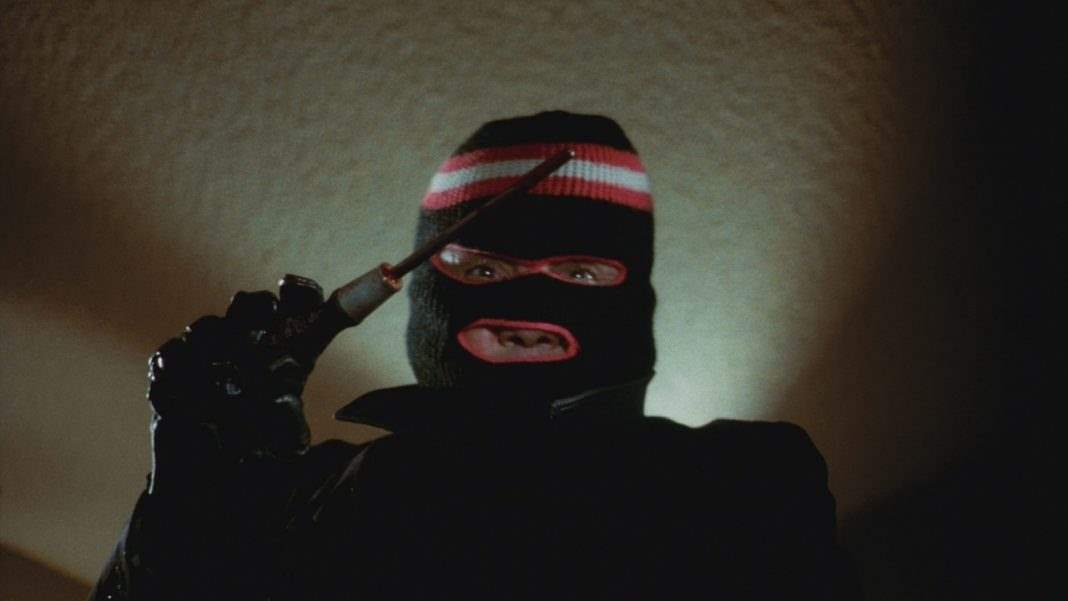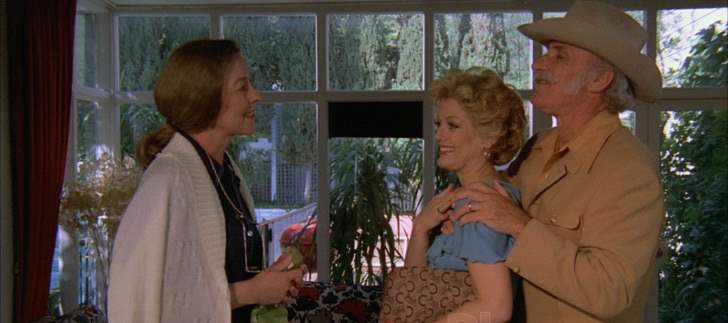Nobody thinks 1980’s notorious “Bruceploitation” opus Fist of Fear, Touch of Death is a good movie — probably not even the people who made it. In a subgenre infamous for its shamelessness, the clumsily titled Fist of Fear, Touch of Death stands out as one of the absolute most shameless, crass example of movie marketing gall so underhanded that even Fred Williamson — one of the undisputed gods of cinematic sleaze — has since distanced himself from it.
No, Fist is not a movie for people with taste. It’s not even a movie for people with bad taste, it’s the kind of movie you can only enjoy if you go into it with your cinematic palate already singed into complete numbness. This is a movie that doesn’t just demand viewer amorality, it necessitates it. And if you can pound your mammalian brain into utter mush, you’ll be treated to one of the most awe-inspiring examples of bad filmmaking ever committed to celluloid.
If you want to credit/condemn anybody for the unique cinematic train wreck that is Fist of Fear, Touch of Death, you might want to turn your attention to producer Terry Levene. In addition to producing a litany of low-key exploitation classics like The Tough Ones, Women in Cell Block 7, and Zombie Holocaust, he also ran Aquarius Releasing, a New York-based firm that helped mass distribute scores of genre classics, running the gamut from beloved horror offerings such as Halloween, Silent Night, Deadly Night, and Make Them Die Slowly to considerably less beloved grindhouse fodder like Forced Entry, Poor Pretty Eddie, and Black Lover (infamously promoted as “The movie they tried to stop!” under an original title the fine folks at Wicked Horror wouldn’t dare print in a million bajillion years.) But the company’s bread and butter, naturally, were films of a more adult nature, including the infamous X-rated opus Deep Throat. At one point, Levene was even prosecuted by the United States government for obscenity, due to his distribution of the 1972 softcore cheapie Belinda across state lines.
So with the feds effectively muscling Levene and pals out of the dirty movie racket, what cinematic corner would they attempt to market next? Why, the emerging kung-fu sector, of course!
It wasn’t long before Aquarius started gobbling up the distribution rights to all sorts of oddball martial arts imports, including such esoteric fare as The Chinese Mack, The Tongfather and The Black Dragon vs. The Yellow Tiger and making a mint by renaming (and redubbing) international releases for pennies on the dollar. There’s no denying the strategy, as unscrupulous as it may have been, was successful. Fist of Fear, Touch of Death, for example, was filmed on a microscopic budget of barely $100,000, yet still managed to generate a purported $2 million in box office revenue.
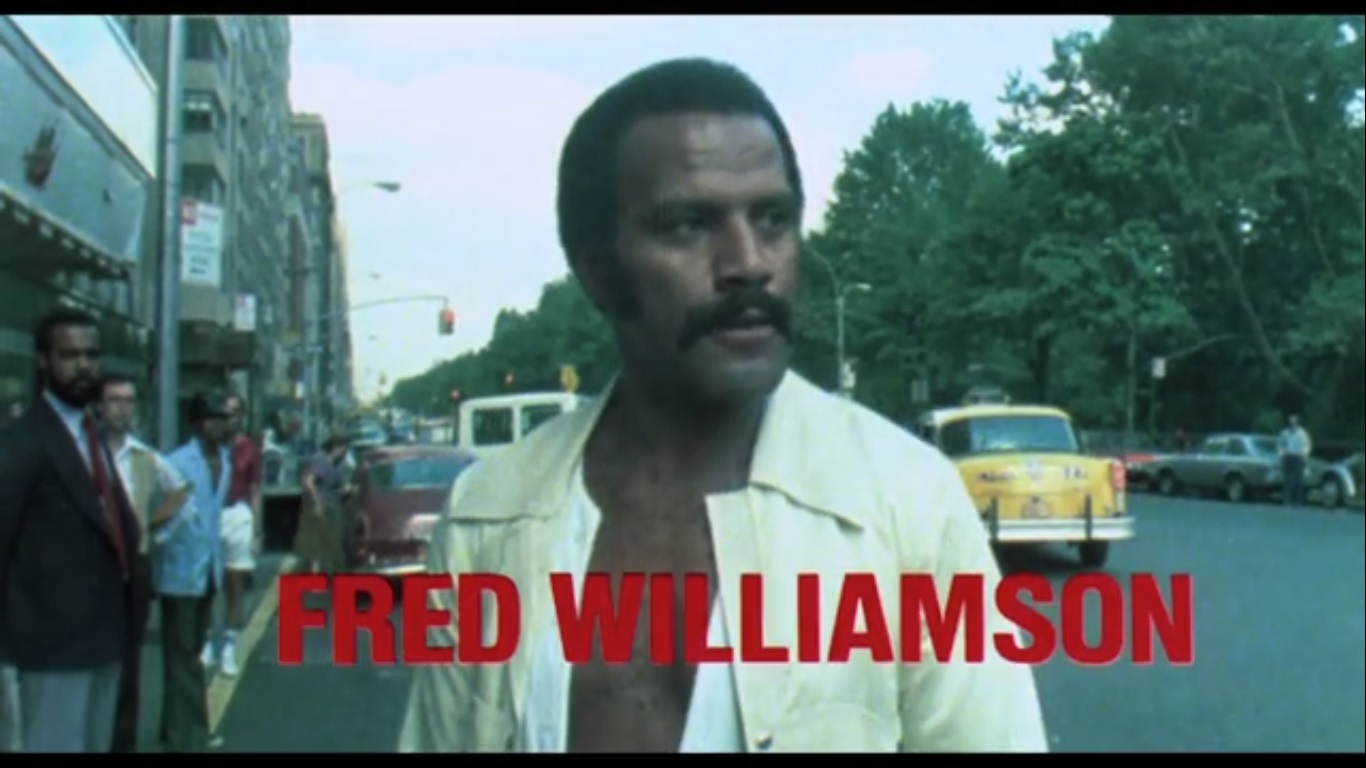
It’s obvious that Levene and company desperately wanted Bruce Lee to be their star attraction. Just two problems, though: one, they didn’t own the rights to any of his breakout movies and, two, he was dead and had been dead for almost a decade. When it became clear that hawking movies featuring shameless imitators wasn’t going to cut it — 1979’s Kung-Fu Fever, for example, starred Bruce Rhee opposite real-life karate champion Ron Van Clief — the guys at Aquarius came up with the next best thing: they basically re-edited non Bruce Lee movies with brief interview clips and stock footage of Bruce Lee and marketed them as if he had the starring role.
1973’s The Angry Dragon. 1975’s Goodbye, Bruce Lee: His Last Game of Death. 1976’s The Warrior Within. The list goes on and on and on. It seems like Levene’s Bruceploitation forays would’ve hit its simultaneous zenith/nadir with 1977’s The Dragon Lives Again, a copyright-defying masterpiece of the absurd that was even marketed as Bruce Lee’s return to acting — an astounding feat, really, considering he’d been deceased for almost five years when the flick was initially released.
Alas, Levene topped himself with Fist three years later, a movie so brazen that it pretty much killed the Bruceploitation sub-subgenre outright — really, the only way to make a movie more exploitative of Lee’s legacy would be to dig up his grave on camera.
From a compositional perspective, Fist of Fear, Touch of Death is a fascinating work. It’s not a movie in the traditional sense, meaning it has a beginning, middle and end. No, Fist is LITERALLY the uneven fusion of about six or seven wholly unrelated movies with just enough diegetic duct tape wrapped around it to kinda-sorta give the movie the illusion of cohesion and consistency.
The film starts off as a pseudo-documentarian look at the 1979 World Karate Championships at Madison Square Garden (although, for historical sake, no such event actually took place.) From there, we’re introduced to martial arts promoter extraordinaire Aaron Banks, who tells embodied narrator Adolf Caesar that he believes Bruce Lee was secretly murdered by nefarious Chinese gangsters employing “the touch of death,” which he describes as “a vibrating palm strike” that causes delayed organ failure, like, three weeks later.
And if you think this is a straight martial arts movie, think again; in the very next scene, we’re treated to some grossout absurdist humor as one karate expert yanks out his foe’s eyeballs and tosses them into the crowd, with Three Stooges sound effects thrown in for good measure. No, this movie does not make sense, so don’t even try to rationalize anything about it.
Also See: Four Horror Sequels That Cursed Their Own Franchise
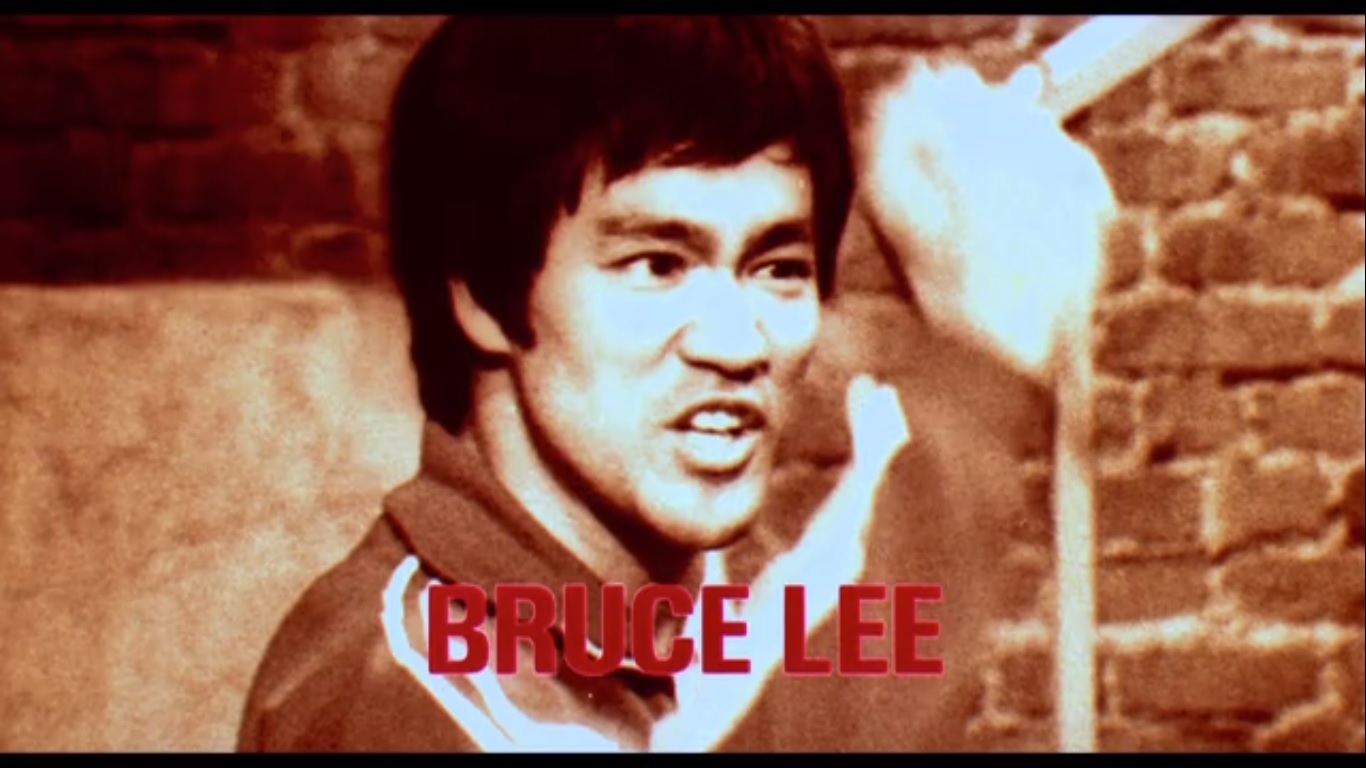
It’s just a cavalcade of random segments from there. We watch these horribly edited interviews of Bruce Lee, where he’s dubbed to say things like “the mind must be cultivated, so ultimately, you know yourself,” followed by long, lingering shots of kung-fu specialists trying to harness the chi from close-range, complete with confused onlookers staring directly into the camera. Then we’re treated to a sparring session between “Fred the Flying Fat Man” and “Badass Bonnie,” then Fred Williamson shows up to seduce a white woman (“Ain’t five times enough for you?” he quips in the movie’s best line of dialogue) and threatens cab drivers for confusing him for Harry Belafonte. Then Van Clief slices carrots dangerously close to his assistants’ jugular veins and beats up some would-be rapists in Central Park. Later, we’re introduced to mustachioed Bruce Lee wannabe Bill Louie, who also gets an opportunity to beat up some would-be rapists in Central Park. Yes, they shot the same scene twice and kept both sequences in the movie — ladies and gentlemen, the year 1980 in a nutshell.
But the bulk of Fist of Fear, Touch of Death is a loosely cobbled together re–dubbed package of two older kung fu-movies — 1972’s Invincible Super Chan and 1957’s The Thunderstorm, the latter a black and white movie that has the benefit of actually starring Bruce Lee, albeit, from when he was like 11 or 12. Showing an absolute superhuman disregard for both Bruce Lee’s career and Asian history in general, Fist slowly, clumsily unspools this contrived yarn about Lee’s great-grandfather being one of China’s most-feared samurai (even though China never actually had samurai) and explaining, in tragic detail, how Bruce’s older brother Jack Lee fell prey to the titular ‘touch of death’. For the record: not only did Jack Lee not die from a vibrating palm strike, Bruce Lee didn’t even have a brother named Jack Lee. Still, you can’t help but laugh at the hokey dialogue — I’m not sure if “That’s what the martial arts did to your great-grandfather!” or “Mom, why are you so upset over my happiness?” is my favorite line.
Then, after 40 minutes of whatever the hell that’s supposed to be, we get a live Kenpo Karate demonstration, watch a guy smash his own hand with a sledgehammer on purpose, and, wrapping up the whole production, a thrilling contest to determine the Welterweight Karate Champion of the world (and Bruce Lee’s successor, somehow), which culminates with real martial artist Louis Neglia darn near decapitating fellow real martial artist John Flood with a legitimately terrifying roundhouse kick to the noggin. And just so you know: this is taken from a real World Professional Karate Association bout at MSG — thanks a million, Black Belt Magazine, you treasure trove of totally superfluous trivia!
Now, you might be wondering what, if anything, this stuff has to do with Bruce Lee. And at the end of the day, that’s both the biggest slight and most endearing thing about the entire movie. It’s a potpourri of mayhem, an insane jambalaya of chop-socky stock footage, real-life violence, and Bruce Lee B-roll manipulated so shamelessly, it probably borders on a defamation of character lawsuit. It’s a surreal collage of a movie, a multimedia Frankenstein’s monster that you can actually see falling apart as the flick drags on. To say that Fist of Fear, Touch of Death is a disaster of a motion picture would be putting it lightly — this thing is the veritable Chernobyl of kung-fu movies, and four decades later, it’s still probably not entirely safe for human exposure, either.
See Also: Early Slasher Movies That Should Have Become Classics
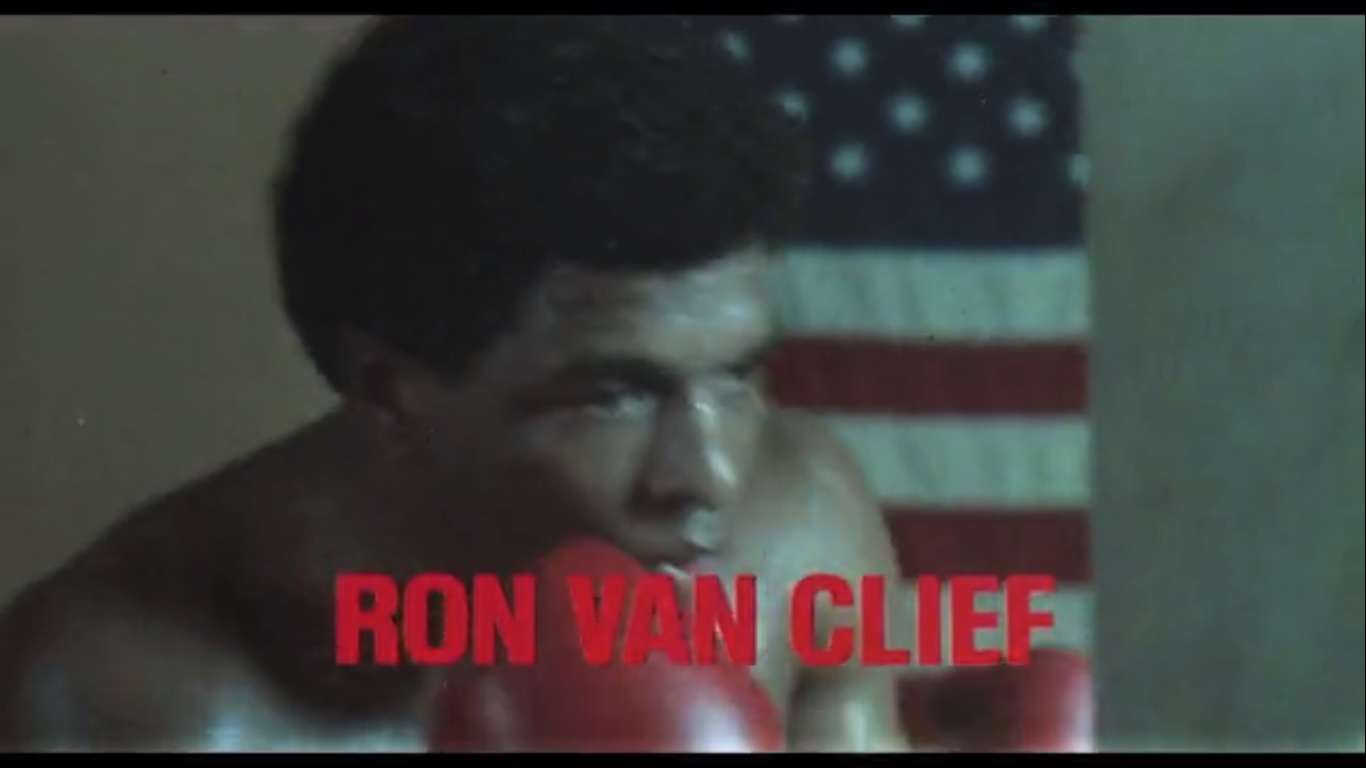
All I can say is thank goodness The Film Detective is doing the B-movie gods’ work by actually giving this thing a special, 40th anniversary deluxe Blu-Ray edition. Released March 31, not only does it sport a beautiful 4K restoration of the original flick, it’s also loaded with extra features, including a great featurette containing comments from Levene, Van Clief, and Williamson themselves (and no, before you make the joke, it isn’t just them saying “I’m sorry” over and over again for 90 minutes.)
Frankly, a low-tier exploitation movie of Fist’s ilk probably doesn’t deserve such a treatment, but the fact that it actually got it is reason enough to grin from ear-to-ear. As blissfully crappy as the movie as a whole may be, the one thing nobody can accuse it of being is boring, and ultimately, I consider it — unintentionally, I’m sure — to be one of the most insightful time capsules of the waning days of the Bruceploitation epoch out there.
Caesar, who probably deserved an Oscar for keeping a straight face during the entire movie, summed up the flick — and its newfangled Blu-Ray special edition — rather well: “That’s quite a scrapbook, you’ve accomplished a lot.”
A lot of what, of course, is up for debate …
